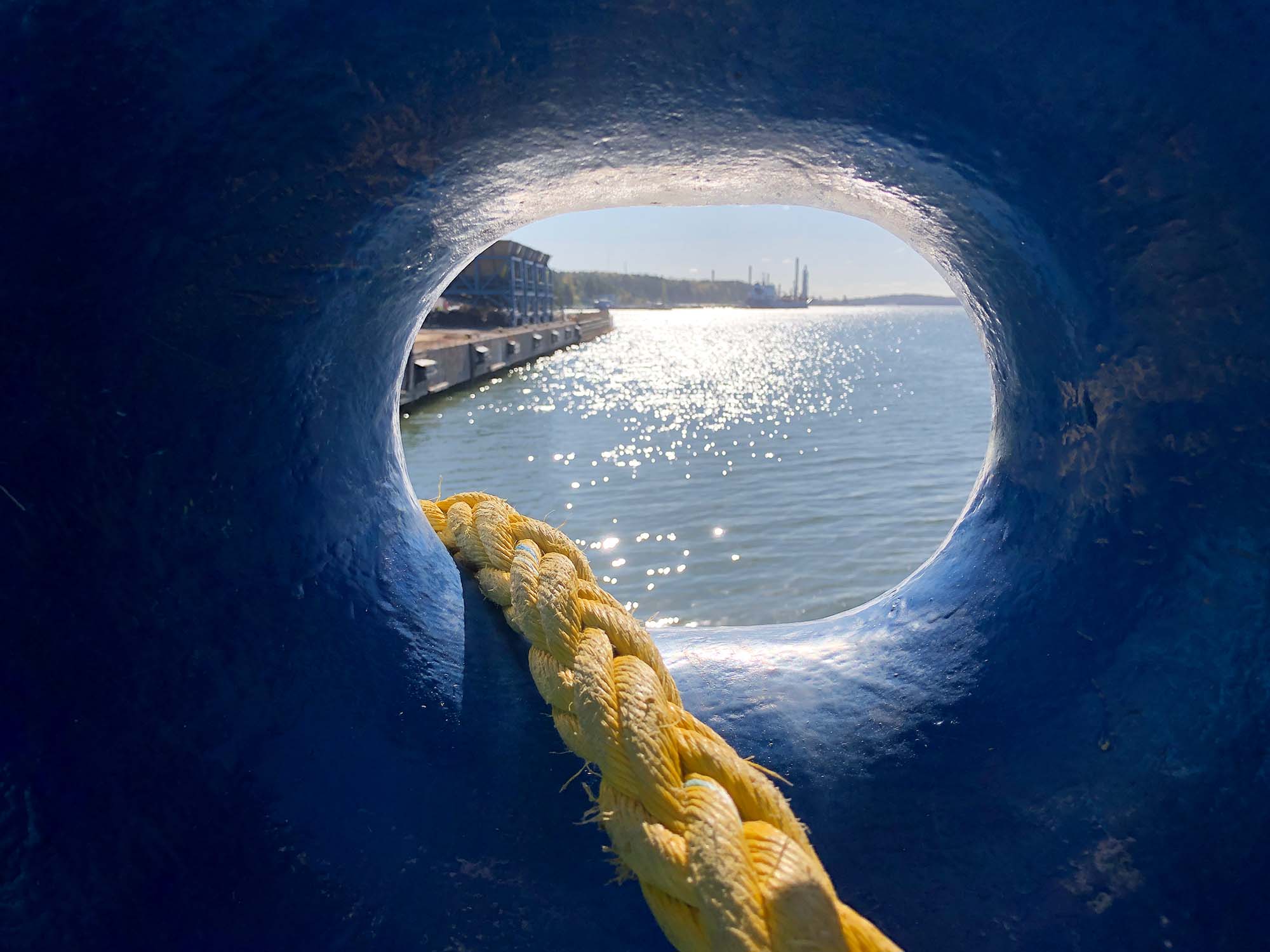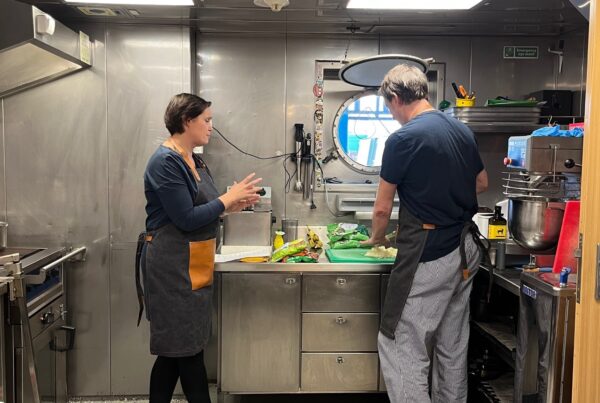Shipping is considered one of the most difficult sectors to eliminate CO₂ emissions from. About 90% of world trade is transported by sea, and global shipping accounts for almost 3% of global CO₂ emissions, and the share is projected to grow. One of the things the industry has brought forth is the lack of commercially viable technology.
However, the pressure is on. In July, the European Commission proposed the gradual addition of shipping to the European Union’s emissions trading scheme in stages over three years, starting from 2023. In January, I proposed a simple model for emissions trading in shipping. In the model the base price of emissions trading is derived from relationship between greenhouse gas emissions and transport performance, i.e. the lower the greenhouse gas emissions for a transport performance, the lower the price effect of emission allowance per transported tonne. This would guide investments towards nomical but, above all, emission-minimizing and efficient transport. Manufacturing industry and shipowners would both benefit from the model, as market governance would make transport more efficient, while encouraging faster investment in more sustainable and efficient solutions.
The International Chamber of Shipping (ICS) set a target for carbon-neutral shipping by 2050, by means of a global maritime carbon tax, the first of its kind in any sector. ICS, which represents more than 80% of the world’s merchant fleet, has submitted its presentation to the International Maritime Organization (IMO). Finnish Shipowners Assosiation has been involved in preparing the presentation.
However, Carbon dioxide is not the only greenhouse gas, and there is a great risk that we are “jumping out of the frying pan into the fire” if the regulations do not take all greenhouse gases into account. LNG, which has been the means used by the shipping industry for emission reductions, consists mainly of methane. Methane slip, i.e. the leaks during production, transfer and burning have still not been eliminated, although technology has improved. It must be kept in mind that methane is about 86 times stronger greenhouse gas than CO₂ over a 20-year period. In any forum, in the light of current knowledge, LNG is no longer considered a good solution for the climate, and many calculations and studies show that the use of LNG is even worse than diesel in terms of climate change. Also the World bank just took its anti-LNG stance to the IMO.
Also small tonnage should be included
In the EU plan small ships of less than 5000 GT are excluded from emissions trading. However, I think that there would be a great opportunity to extend emissions trading also to small tonnage, because then we can genuinely invest in advanced technology that aims for a carbon-neutral transport system. Customers, i.e. the Finnish export and import industry, would benefit from more cost-effective, more environmentally friendly transport. There is still a lot to improve in the efficiency of Finnish maritime transport. Emissions from local shipping have already been reduced thanks to new technology and cleaner fuels, but propulsion can still be made more efficient for the climate. Fuel consumption can be reduced by moving slower and always carrying a load. The ship hulls need to be streamlined, as well as the port operations!
Shipping is now experiencing “times of great change.” The desire for change should extend to all actors in the industry, from customers to shipowners, the authorities and the labor union movement. The industry tends to fear the changes in the operating environment. Efforts have been made to communicate that shipping is the lowest-emission mode of transport, which is true at the moment, but we cannot “lull” ourselves into this frame of mind for long. Every sector needs to reduce emissions and move to greenhouse gas neutrality. In order to be efficient and fair, the system must be global. Here, too, Europeans can show the way and facilitate the transition. With early adoption, shipping companies can gain a competitive advantage.
Meriaura has been researching and developing its own biofuels for marine use for more than a decade. As the first shipping company, we introduced the opportunity for our customers to enter near-carbon-neutral transportation contracts. Today, the contract form called EcoVoy is being implemented by replacing fossil fuels with biofuels made from waste and recycled materials. In the future, our goal is not only to increase the production and use of the above-mentioned fuel, but also to develop other technologies that can be used to increase the supply of carbon-neutral sea transport. Even today, we are working on a transportation concept that will be 100% carbon neutral based on renewable energy solutions.
In order to be able to verify efficiency measures in the future, we have set up a monitoring system that monitors the emissions of each individual journey in relation to the transport work, i.e. emissions / tonne-mile.
There are always opportunities, but also risks, associated with change. However, the biggest risk is not doing anything. The challenges are massive, but solutions exist and are being refined, so let’s move forward together, courageously and in good spirit.
Jussi Mälkiä
President of Meriaura Group









